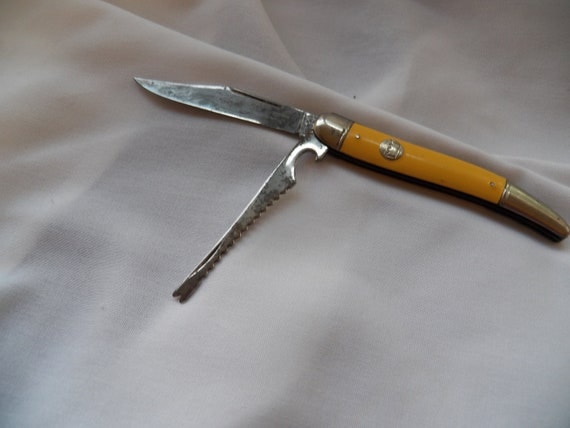Inspired by geology, stratigraphy uses the precept of the superposition of strata which suggests that, in a succession of undisturbed SOILS, the higher horizons are newer than the decrease ones. Generally, each stratum is isolated in a separate chronological unit that comes with artifacts. However, this methodology is usually limited because the reoccupation of an space could require excavation to establish the muse of a constructing, as an example, that goes through older layers. In this case, even if the inspiration of the constructing is found in the identical stratigraphic stage as the previous occupation, the 2 events aren’t modern. This signifies that if we know the isotope and its fee of decay, then we are in a position to calculate how previous the substance is.
Dating history
Because the cosmic ray bombardment is fairly constant, there’s a near-constant level of carbon-14 to carbon-12 ratio in Earth’s atmosphere. Radiocarbon courting is a method used by scientists to be taught the ages of biological specimens – for example, picket archaeological artifacts or ancient human remains – from the distant previous. For archaeologists to properly date one thing using radiocarbon relationship, they need to first uncover something produced from or containing an organic materials. This could be bones, charcoal, woolen textiles, or even historic seeds.
Establishing  dates
dates
Simulation of accumulating sediment (yellow blocks with black lines). As the sediment accumulates via time, modifications in accumulation price will cause fluctuations within the age-depth curve. Often only few samples will be dated (red crosses), and on those few dates an age-depth mannequin (red line, linear interpolation between dated points) must be constructed. The Potassium-Argon relationship method is a useful software for these archaeologists and paleoanthropologists learning the earliest proof for human evolution.
Carbon dating
The radiocarbon dating process was launched in 1946 by Willard Frank Libby. He proposed a way to determine the age of natural samples with the help of the properties of C-14. Continued carbon dioxide emissions from burning fossil fuels will skew the ratios even further. “In a couple of decades, we won’t be able to differentiate if any radiocarbon age we get out or carbon may be from the past or from the lengthy run,” Köhler says.